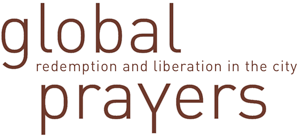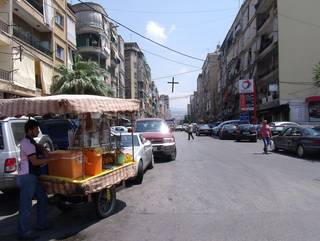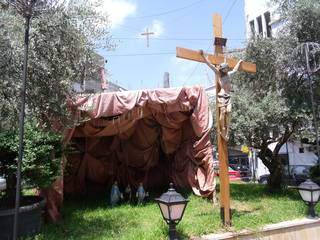The urban character of religious communities is manifested in the deployment of streets and squares as symbolically charged stages: as spaces for action, missionary work, and celebratory rituals. This use of public space aims to make visible minority religious communities, to distinguish one group from another, and to spread and disseminate religious beliefs. Additionally, new urban religious communities appropriate and change existing urban cultural practices.
Various case studies within global prayers deal with such religious transformation processes of urban daily life: George Jose and Surabhi Sharma explore new „Hindu‟ celebrations taking place in central public spaces of Mumbai by way of using sociological as well as documentary-film methods. The focus is placed on marginalized North Indian migrants, who occupy various urban stages to make public their religious identities and declare their right to the city.
A similarly new phenomenon is the Islamic youth movement Tariqa Alawiya in Jakarta, which is analyzed by the anthropologist and documentary filmmaker Aryo Danusiri. The groups` weekly, mobile and public multi-media spectacles temporarily convert central transport axes or urban entertainment districts into religious spaces with the aim to push back the secular public. On the example of the rapidly growing Muslim community in Rio de Janeiro, the anthropologist Amanda Dias analyses the ascendance of a new religious lifestyle and its practices in urban space.



